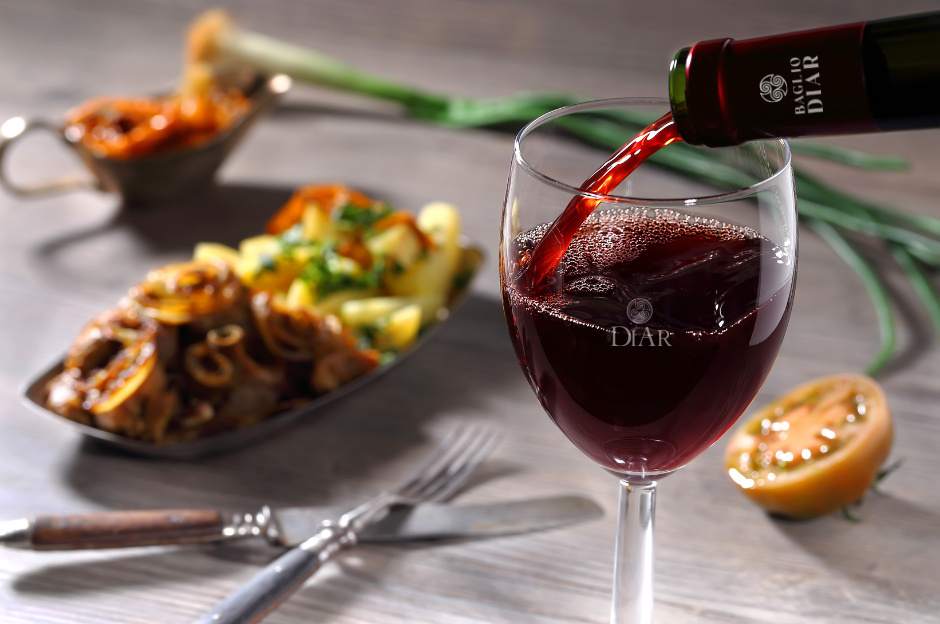
Thinking about the word diet one’s mind might go to the series of foods and ingredients that are prescribed within a food regimen. However, the word diet originates from the ancient Greek word diaita, which actually translates into ‘lifestyle’ and whose meaning goes way beyond a mere list of foods.
In 2010 the Mediterranean diet was inscribed in UNESCO’s list of Intangible Cultural Heritage and is currently shared among nations like Italy, Spain, Greece, Morocco, Cyprus, Croatia and Portugal. This acknowledgement recognizes the existence and importance of all the culinary practices handed down over time through generations, the deep-rooted food traditions, and the rituals related to the production, preservation and consumption of food, which are typical of the countries that adopt them.
Crossing the Mediterranean from Italy to Morocco, and continuing to its easternmost part to Cyprus, the way meals are shared by communities and the conviviality that characterizes them is a common trait. Thus, over time the Mediterranean diet tends to strengthen the bond communities have with the local territory.
Luckily, UNESCO has not failed to include wine in the definition of the Mediterranean diet, recognizing its symbolic and celebratory value for the populations that consume it.
In particular, the concept of biodiversity celebrated by the Mediterranean diet sees the Italian wine sector winning a record with over 80 varieties of vines that are grown compared to the 40 of Portugal and 15 respectively of France and Spain, Italy’s main competitors on the market.
In face of important names such as Sangiovese (the most cultivated grape for winemaking in Italy), Montepulciano and Glera, Baglio Diar has started a process of rediscovery of some ‘forgotten’ vines, creating a union between the Sicilian winemaking tradition and the protection of enological biodiversity, contributing in its small way to the differentiation of grape varieties by doing so.
A vine with an ancient history was indeed planted in the Diar vineyards towards the end of 2022: it’s Nocera, and its cultivation saw a revival in Sicily after a period of abandonment in favor of other national and international vines. Time and patience will show us the results of this choice.
Baglio Diar’s novelty for 2023 will instead be Perricone, a red grape variety originating in Western Sicily. Dating back to the Greek colonization of the Western Mediterranean, throughout the 18th and 19th centuries Perricone was mainly used in the production of Marsala Rubino, and therefore was among the most cultivated vines in the provinces of Palermo and Trapani. With the phylloxera epidemic of the mid-1800s, this vine risked disappearing due to its high susceptibility to the parasite, but managed to recover thanks to the high demand for Marsala from the markets in the UK and USA. The decline in Marsala demand of the 1900s and the consequent removals of Perricone vines led, in more recent times, to its reduction to just 192 hectares all over Sicily. It’s only been about ten years since the beginning of the recovery project for this ancient grape variety, and Baglio Diar has proudly been taking part. Therefore, with an eye towards a past of tradition while at the same time towards a future of innovation, the Perricone Baglio Diar will soon be added to our Wine Art range of wines from native grapes that currently includes Selene (Grillo 100%), Fantasia (Zibibbo 100%), Dida (Catarratto 100%) e Nedda (Nero D’Avola 100%), and will as such be presented as 100% Perricone.
It is therefore thanks to an increasingly varied offer, which enhances the Sicilian wine heritage as well the care for the environment, that not only the principles of the Mediterranean Diet but also some of the current dictates on sustainability meet at Baglio Diar. In a highly innovative context that consistently looks forward rather than backward, especially when it comes to sustainability, being able to bring new value to what was not appreciated in the past can truly be fulfilling, like sipping on something that tastes like the old and the new.
